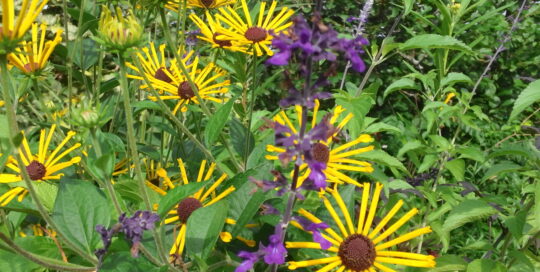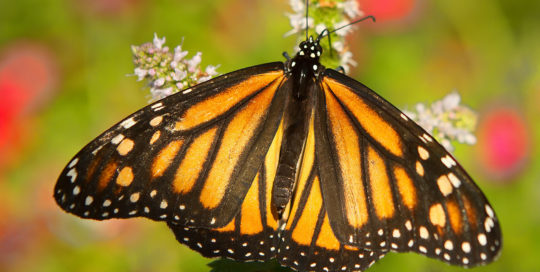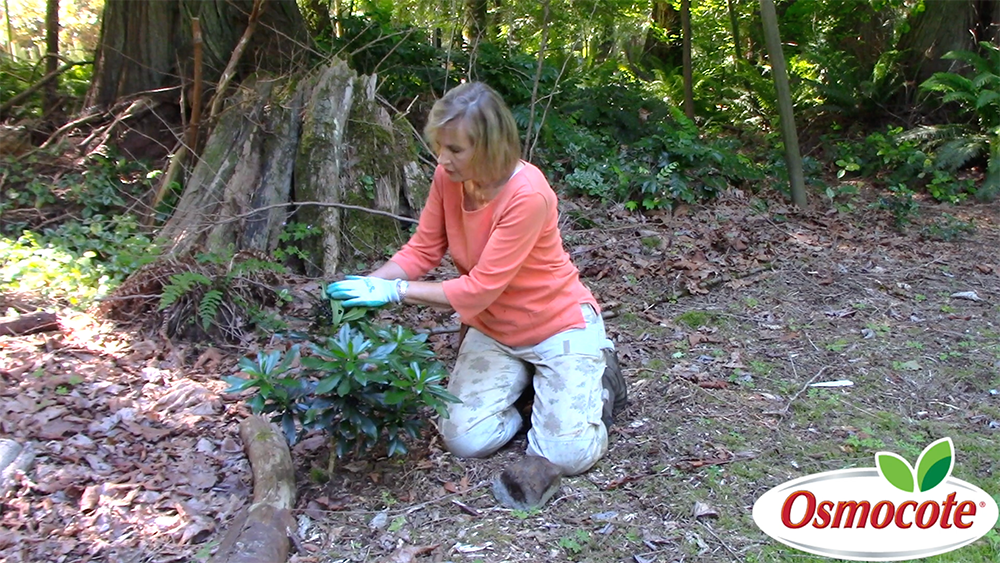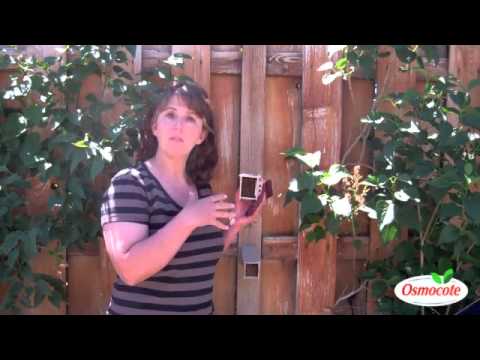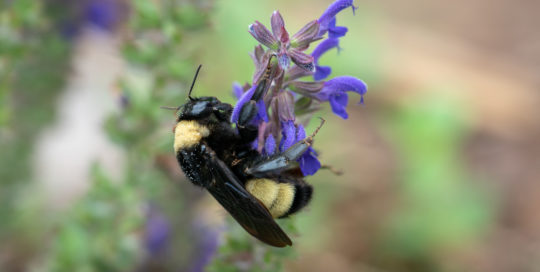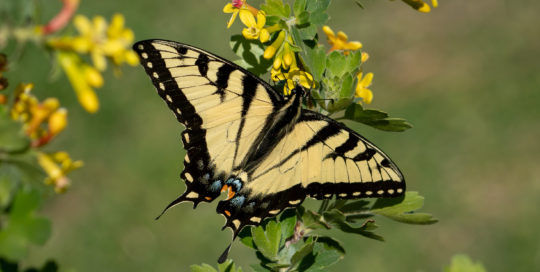As spring approaches, you may be anxious to get started in the garden. Make sure your new plantings are compatible with their surroundings. Exotic plants may look good in a magazine spread but they will not improve the local ecosystem. Leave the experiments to the university botanists. Instead, populate your landscape with native flora. Here’s why —
1. Native plants are healthier and stronger
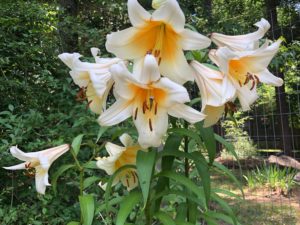
Native plants adapted to specific conditions over million of years making them healthier and stronger choices than their non-native counterparts. Their roots are the right depth and acclimated to the unique soil type and precipitation levels of each region. Their stems and leaves can withstand harsh sun, high winds, even minimal rainfall, depending on where they are. The will efficiently grow back year after year.
2. Native plants save time, money, and water!
3. Native plants create a natural wildlife habitat
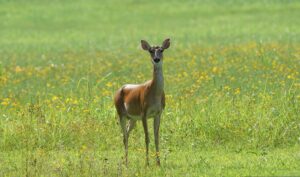
When the landscape is made up of native plants, it creates a natural habitat for the area’s wildlife. They provide perfect homes and nourishment to the local fauna. Bats, birds, bees, and butterflies drink the nectar, and bunnies, deer, squirrels, and wild turkeys eat the nuts, seeds, leaves, and fruits.
We are frequently reminded of the need to save American bumblebees. However, populations of birds and butterflies are also plummeting, and these species may be lost for good if we don’t maintain a natural habitat for them.
Supporting local efforts to add native plants along side bike trails, among the planted areas in our parks, even around the business and commercial buildings helps to create an interconnected environment can only benefit the pollinators. A pollinator-friendly garden can help.

